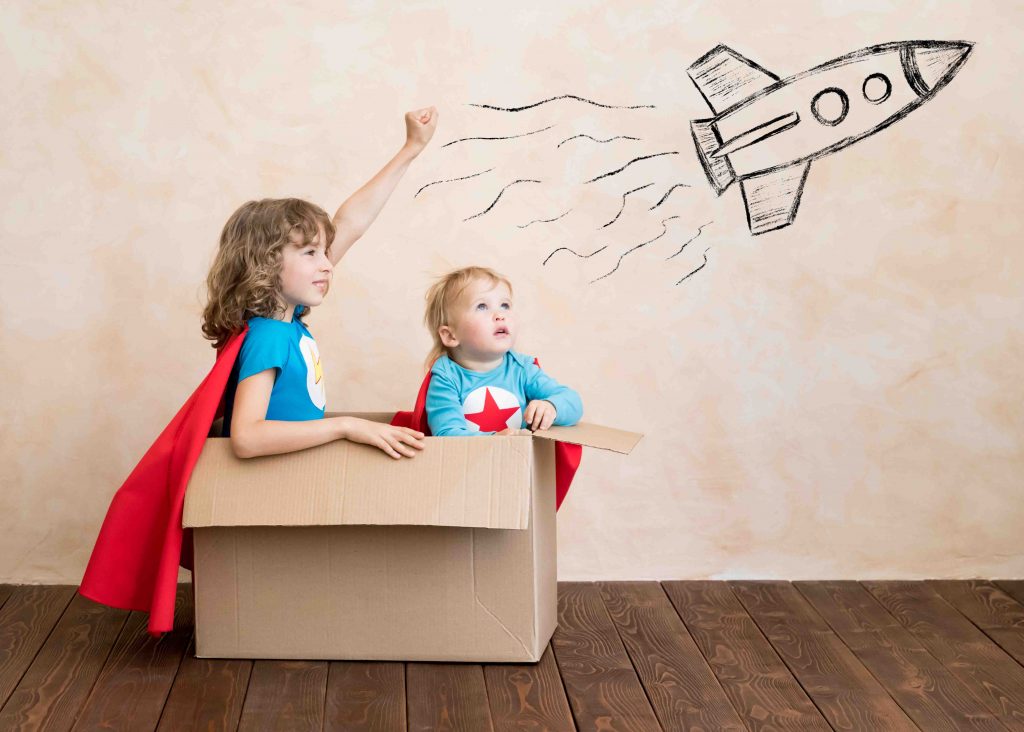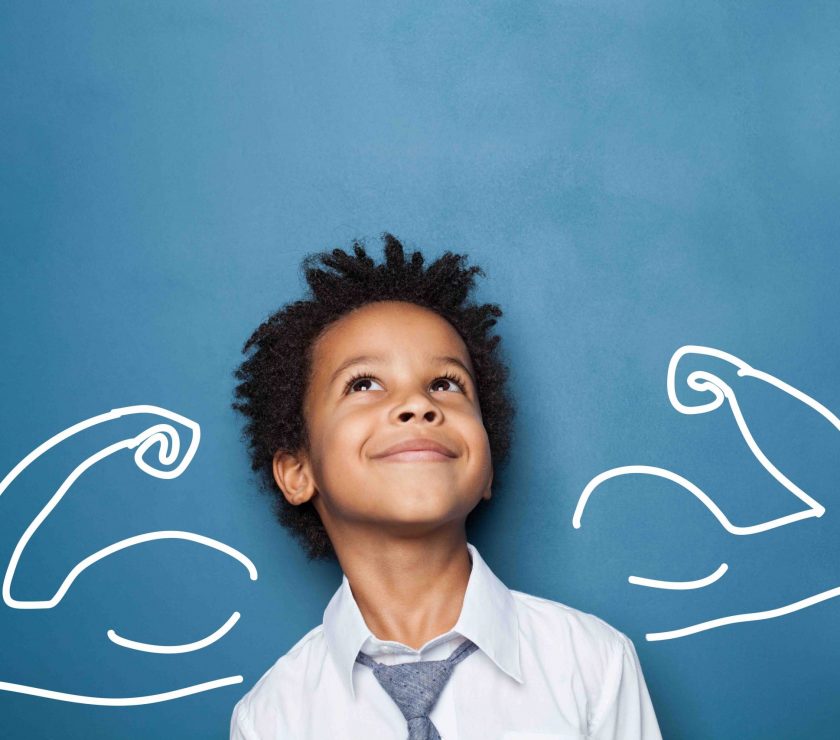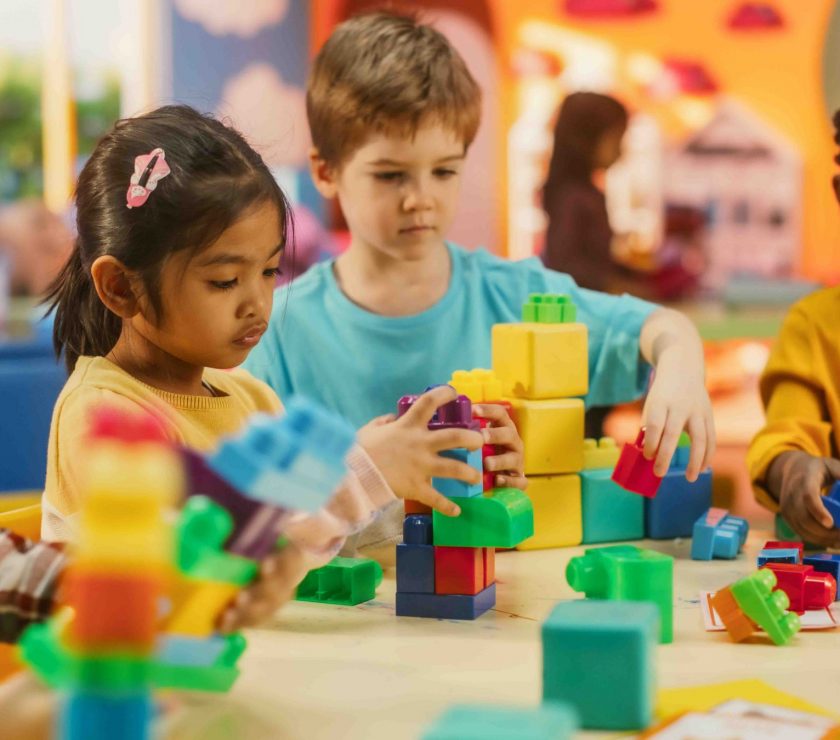What Happens When Kids Step Into the Shoes of Genius
Research shows that embodying Einstein in VR can boost IQ scores. What if kids could become a climate scientist, space architect, or AI ethicist—even just for 10 minutes?
In a laboratory at the University of Barcelona, researchers made an astonishing discovery: when people virtually embodied Albert Einstein—literally experiencing the world from inside a virtual Einstein body—their cognitive performance measurably improved. Participants solved complex problems more effectively, demonstrated greater cognitive flexibility, and exhibited reduced unconscious age-related bias.
The implications are profound. In an age where AI makes all knowledge instantly accessible, the true limiting factor in human potential isn’t information—it’s inspiration and creative action. Virtual embodiment may be the closest thing we’ve found to a cheat code for unlocking both.
The Science of Becoming Another
The Barcelona experiment wasn’t a fluke. It represents the convergence of decades of research in embodied cognition, virtual reality psychology, and neuroplasticity. When we embody someone else in virtual reality, a fascinating cascade of psychological and neurological effects unfolds.
The Proteus Effect
Stanford researchers identified what they call the “Proteus Effect”—our tendency to adopt behaviors and attitudes implied by our avatar’s identity. When subjects embody avatars with characteristics different from their own, their behavior measurably shifts to align with their virtual identity.
Dr. Nick Yee, who pioneered this research, notes that these effects aren’t merely role-playing. Brain imaging studies show that when we embody different virtual identities, our neural activation patterns actually change. Our brains process information differently depending on who we virtually “become.”
Body Transfer Illusion
At the heart of this phenomenon is what neuroscientists call the “body transfer illusion”—our brain’s remarkable ability to adapt its body schema to include external objects or even entirely different bodies.
Dr. Mel Slater’s groundbreaking research demonstrates that when VR provides synchronized multisensory feedback (what we see happening to our virtual body matches what we feel), our brains begin processing the virtual body as our own. This isn’t just an intellectual exercise—it’s a fundamental remapping of our neurological self-model.
Crossing the Conceptual Divide
Perhaps most importantly, virtual embodiment helps cross what educators call the “conceptual divide”—the gap between understanding something intellectually and grasping it experientially.
As Dr. Jeremy Bailenson from Stanford’s Virtual Human Interaction Lab explains: “You can read about being Einstein, you can watch a documentary about Einstein, but when you virtually become Einstein—when you look down and see Einstein’s body as your own, when you move your hands and Einstein’s hands move in response—you process that experience through your own identity in a fundamentally different way.”
From Knowledge to Inspired Action
In a world where any fact can be summoned in seconds via AI, the competitive advantage has shifted dramatically. The true currency of the future isn’t knowledge itself, but what we do with that knowledge—the inspired action that transforms information into impact.
This is where virtual embodiment offers something revolutionary.
Breaking the “Not Me” Barrier
When children encounter brilliant scientists, innovative architects, or ethical technologists, their first unconscious reaction is often a version of “not me”—a subtle but powerful distancing that places these identities in the category of “other.”
Virtual embodiment breaks this barrier by temporarily merging the child’s self-concept with these inspirational identities. For a brief but impactful period, they don’t just learn about these roles—they experience being in them.
As one 12-year-old participant described after embodying a climate scientist in VR: “I didn’t just learn what they do. For a few minutes, I was the one analyzing the data, making the connections, and presenting the findings. It wasn’t like ‘maybe someday’—it was like ‘this is me now.'”
From Observer to Agent
Traditional education positions children as observers of knowledge—recipients of information discovered or created by others. Even the most engaging videos, books, or presentations maintain this fundamental observer position.
Virtual embodiment transforms children from observers to agents—from passive recipients to active participants. This shift doesn’t just change what they learn; it changes how they see themselves in relation to that knowledge.
A middle school teacher implementing VR embodiment experiences noted: “After embodying various scientific and creative professionals, my students stopped talking about these careers as distant possibilities. They began speaking from a position of agency—’When I design sustainable buildings…’ rather than ‘If I became an architect…'”

Beyond Role Models: Becoming the Change
While role models have always been crucial for childhood development, virtual embodiment takes this concept to a new level. Instead of simply admiring someone from afar, children temporarily experience being that person—complete with their capabilities, perspectives, and sense of purpose.
The Possibility Gap
Psychologists who study human development often talk about the “possibility gap”—the space between what a child currently believes they can become and what they actually might achieve. This gap is shaped by many factors: family expectations, cultural messaging, media representation, and personal experiences.
For children from underrepresented groups or resource-constrained backgrounds, this possibility gap can be especially limiting. Virtual embodiment offers a unique bridge across this gap by providing direct, first-person experiences of identities that might otherwise seem unattainable.
Research with middle school girls showed that after embodying female scientists and engineers in VR, they demonstrated:
- 42% increase in belief that they could succeed in STEM fields
- 37% increase in intention to pursue advanced STEM courses
- Significant reduction in stereotype-based limitations
The Memory of Future Success
Perhaps most fascinatingly, virtual embodiment creates what psychologists call “episodic future memories”—vivid mental simulations of future events that our brains process similarly to actual memories.
When children experience being successful scientists, architects, or ethical technologists through virtual embodiment, they create mental reference points of themselves succeeding in these roles. These experiences become part of their identity narrative—not just something they learned about, but something they’ve experienced.
As Dr. Donna Murdoch, who studies immersive learning, explains: “The brain doesn’t always sharply distinguish between virtual experiences and real ones, especially when it comes to identity formation. When children create episodic memories of themselves succeeding in aspirational roles, these become reference points that shape their sense of possibility.”

The VR Inspiration Pipeline
The most effective virtual embodiment experiences follow a three-phase pipeline that maximizes their transformative potential:
1. Pre-Embodiment Context
Before stepping into someone else’s virtual shoes, children need enough contextual understanding to make the experience meaningful. This doesn’t mean extensive front-loading—just sufficient grounding in who they’re embodying and why that identity matters.
For example, before embodying a climate scientist analyzing Arctic ice core data, children might spend 5-10 minutes understanding the basics of what ice cores reveal about Earth’s climate history.
2. Guided Embodiment Experience
The core experience places children directly into consequential moments that define the embodied identity:
- A climate scientist analyzing breakthrough data and presenting findings to world leaders
- A sustainable architect designing a breakthrough building that transforms urban living
- An AI ethicist making crucial decisions about algorithmic fairness
These aren’t passive scenarios—they’re active missions where children make meaningful choices and experience both the challenges and rewards of these roles.
3. Integration and Extension
After the virtual experience, carefully designed activities help children integrate the experience into their ongoing identity development:
- Reflection on how the embodied perspective changed their thinking
- Connection to real-world mentor relationships where possible
- Identification of concrete next steps that build on the inspiration
- Creative extension projects that maintain connection to the embodied identity
This structured approach transforms what could be a fleeting “cool experience” into a genuinely transformative moment in a child’s developmental journey.
The Ethics of Identity Exploration
As with any powerful technology, virtual embodiment raises important ethical considerations that require thoughtful navigation:
Representation and Authenticity
Virtual identities must be created with deep respect for the real people or professions they represent. This requires collaboration with members of represented groups and attention to authentic representation rather than stereotyped caricatures.
Balance of Identity Play
While embodying others offers powerful learning, children also need strong support for their own authentic identity development. Virtual embodiment should be positioned as a way to expand possibilities, not escape from one’s actual self.
Cognitive Justice
Access to these transformative experiences should not be limited to privileged communities. Initiatives that bring virtual embodiment technologies to underserved schools and communities are essential for ensuring cognitive justice—equitable access to tools for imagination and self-development.
Inspiration as the New Currency
In an AI-saturated world where knowledge is universally accessible, the critical resource isn’t information—it’s inspiration that leads to action.
Virtual embodiment offers a powerful shortcut to inspiration by letting children temporarily experience being the change-makers they might become. Even brief experiences—as little as 10 minutes—can catalyze shifts in self-concept that traditional educational approaches might take years to achieve.
As one educator who implemented virtual embodiment in her classroom observed: “We’ve always told children they could be anything. Now we can let them experience being scientists, architects, and ethical technologists. The difference in their sense of possibility is remarkable—they stop asking ‘Could I?’ and start asking ‘How will I?'”
This shift from passive possibility to active intention may be exactly what our children need to thrive in a future where knowledge is abundant, but purposeful, inspired action remains the true currency of impact.

Conclusion: The View from Inside Genius
The most powerful aspect of virtual embodiment isn’t just experiencing the capabilities of exceptional minds—it’s experiencing their sense of purpose.
When children temporarily embody a brilliant climate scientist, innovative architect, or thoughtful ethicist, they don’t just see the world from a new intellectual perspective. They briefly experience the driving purpose that makes that knowledge meaningful.
This is perhaps the greatest gift virtual embodiment offers: not just the knowledge that they could become these identities someday, but a lived experience of why they might want to.
In a world of infinite information but finite inspiration, this may be the educational breakthrough we’ve been waiting for—a technological bridge between who children are today and who they might become tomorrow.
The view from inside genius, even briefly glimpsed, can illuminate pathways that transform not just what children know, but who they believe they can be.
How might virtual embodiment experiences complement your child’s educational journey? Share your thoughts in the comments below.








